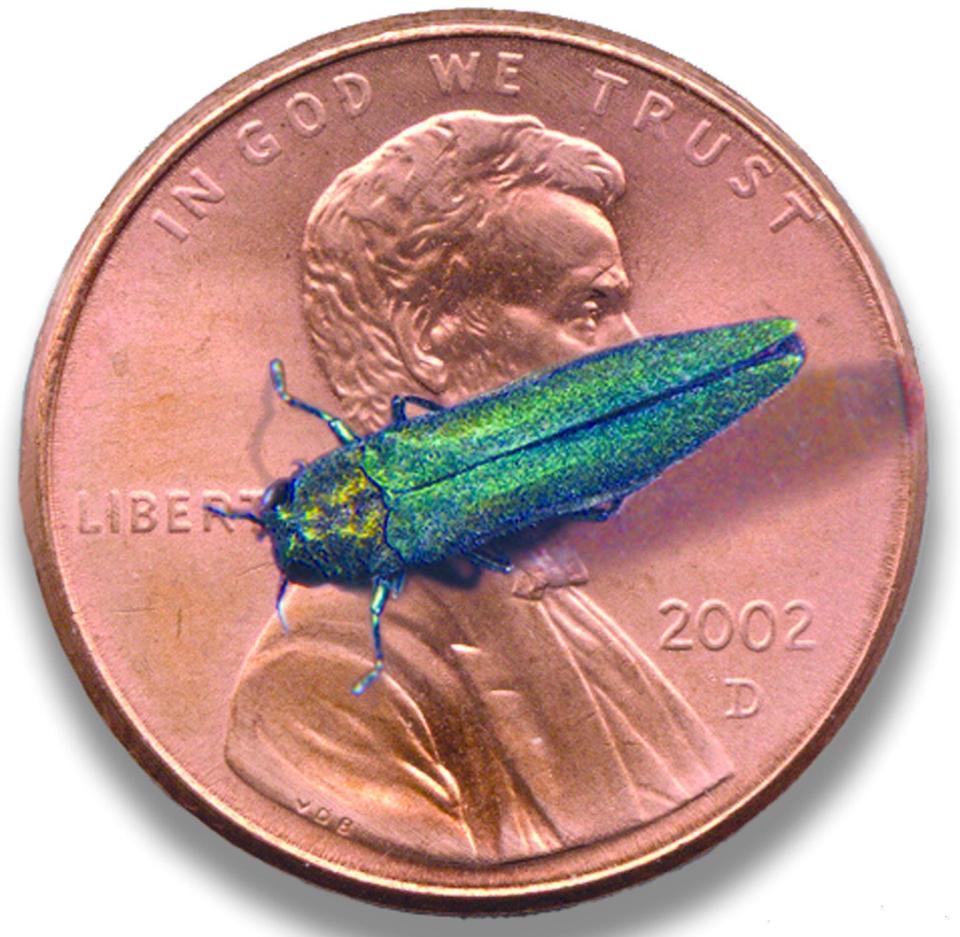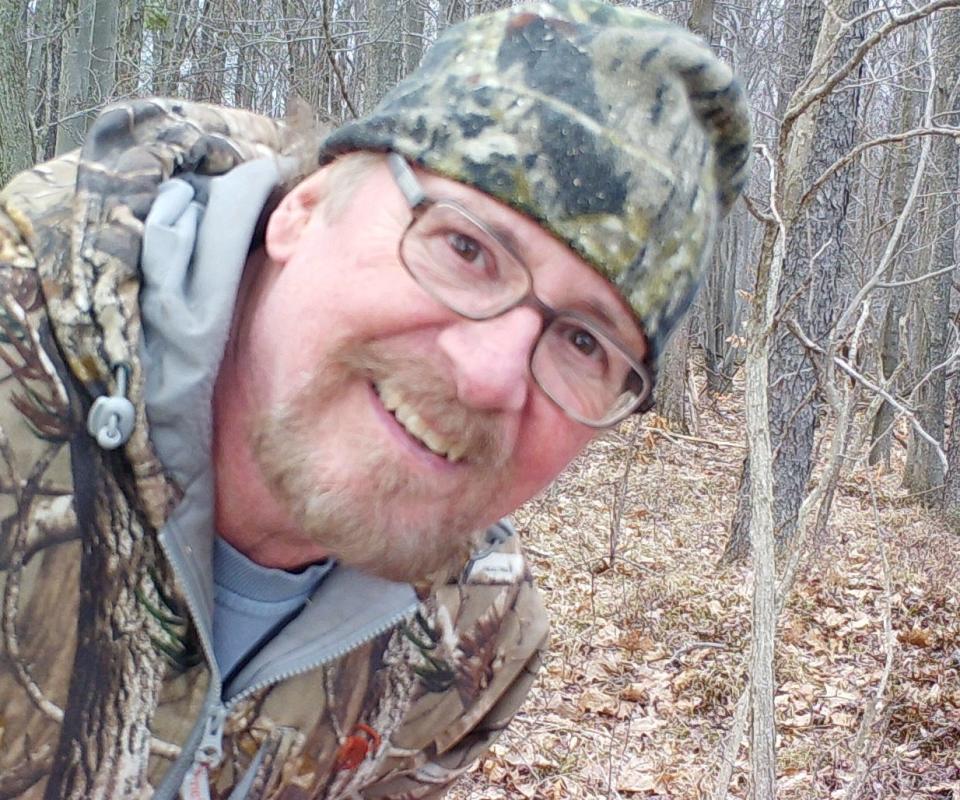New York state's landscapes are constantly being invaded by invasive species
Just when you think that the movie industry has run out of zany and strange ideas, they fall back on one of their best moneymaking themes of all time.
Millions and millions of boxes of popcorn have been emptied (some even spilled) watching, spellbound.
This tried and true plot is the grand theme of invasion.
Of course, it’s simple.
We are the good guys and the bad guys are strange.
Some of the goofier had titles like: "The Attack of the Killer Tomatoes, "The Blob" and of course the infamous 1956 classic, "Invasion of the Body Snatchers."
More recently "Independence Day," with Will Smith ... and "Men in Black," with giant roaches from other galaxies threatening planet earth.
And now, “Skyline” (2010) and “Beyond Skyline (2017), “Skylines” (2020) and even “Invasion.”
But wait.
Invaders are real.
They are here.
And we are all at risk.
Stars in a movie.

Are these invasions a sign of the times?
Something new?
An omen?
Nope, not that dramatic.
Actually, the migration of species, their rise and fall, their triumphs and defeats literal history.
We decide that certain species do not belong.
And it is kind of ironic that most of us are invaders too.
We call ourselves immigrants … the children of immigrants.
“Immigrants” sounds better than “invaders.”
A few years ago our large swamps and wetlands here in New York state did not have a blade, stem, or root of the beautiful but insidious Purple Loosestrife (Lythrum salicaria.)
Soon, a bit further along in the summer, "Purple Haze" will be waving its flowers by the millions throughout the swamps and wetlands, crowding and choking out the indigenous, necessary native cattail.
Whitetail rut prediction for 2022: What to expect while hunting this fall
Want to bring an old barn to life? Here's how to get NY's help in paying for restoration
Where to camp in the Southern Tier of NY: 21 unique spots to try across the region
New York State posts a ranking of the most invasive species as many other states do.
A widely accepted theory is that Purple Loosestrife came to the United States in someone's pocket as a favorite ornamental flower, jumped the garden wall like the Midnight Rambler and now thrives in our wild swamps and wetlands after a long, slow, inexorable trek across Asia and Europe.
Its mission is the same as any species: Populate the world.
Here, the United States lacks the natural braking influences such as climate or predators to keep the quickly spreading weed under control.
And from reports, actually there are no real controls anywhere, since the weed thrives in a relatively wide band of latitude around the world, from Finland to Palestine.
A purple band around the green and blue earth.
Nonetheless, studies of course are ongoing.
But it may seem ironic that the common apple tree is as much an invasive species, in a way, as the Purple loosestrife.
Japanese knotweed's spread is a problem: A Cornell professor is working on a solution
Apple trees are not any more native to the United States than many other imports. Apple trees hail from Uzbekistan or Kazakhstan, countries sandwiched between northern Afghanistan and southern Russia.
Good invasive species and bad invasive species:
Apple trees have escaped the farm and orchard and migrated into the woodlands and hollows.
And these immigrants are not alone; there are thousands of them.
They had company, hitching a ride "on the boat" coming across the oceans, as did our ancestors.
Yes, most of us are just another of those "invasive species" from Europe, out of Africa, Asia, or someplace else.
Anthropologists tell us that Native Americans have a different origin than the Europeans and that they came from the East to the West, across the Bering Strait land bridge when the ocean was lower as glaciers kept the ocean water solid.
Native Americans beat the rest of us here by about 12,000, maybe 20,000 years.
Ironic that all invasive species are bad, coming from such a nomadic bunch of beings as our kind … as we sit on a chair made in China, munch an apple with origins from the foot of the Himalayas, and think about indiscriminately using fungicides, herbicides and insecticides as if we know what we are doing.

The invasive species in New York state fall into a number of categories, such as plants, fish, and terrestrial invertebrates like the Hemlock Wooly Adelgid, the Emerald Ash Borer, and the Africanized honeybee. Terrestrial and aquatic vertebrates prohibited include the Mute Swan, the Nutria (a large beaver-like Central American rodent) and the Eurasian wild boar. Prohibited fish include the Northern snakehead, a number of carp species, and the Sea Lamprey eel.
Prohibited fungi include Geomyces destructans from Europe which researchers believe came here on boots from hikers who picked up the spores accidentally in bat caves in Europe (White nose syndrome, wiping out our bats.) And Phytophthora ramorum that creates Sudden Oak Death.
Not to mention viral invasives such as Covid-19.
Oak Duke writes a weekly column appearing on the Outdoors page.
This article originally appeared on The Evening Tribune: New York state's landscapes are constantly invaded by invasive species

